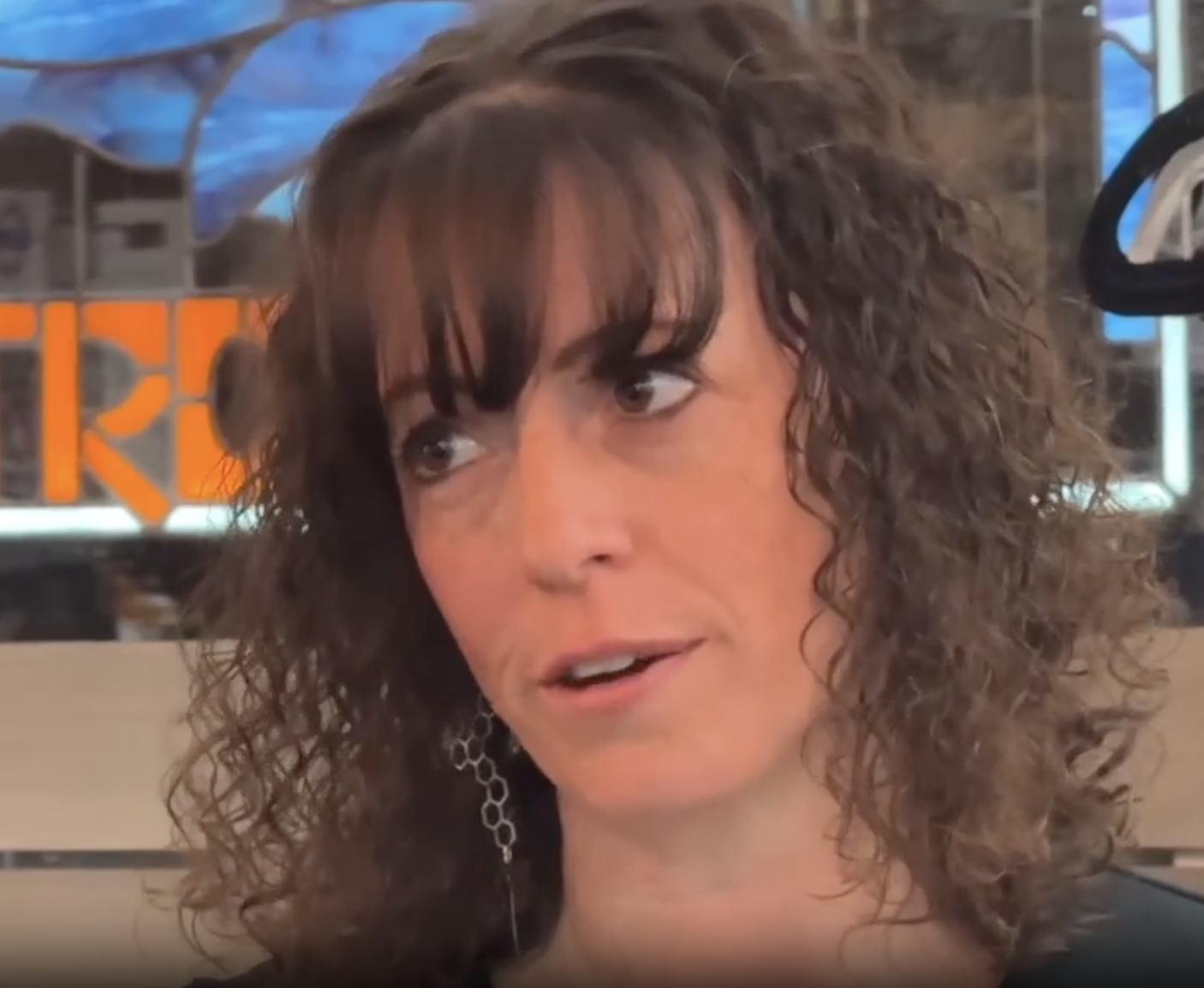Jahmyr Gibbs breaks free, rescues Lions in overtime win vs. Giants
DETROIT — The Detroit Lions trailed by 10. The opposing third-string quarterback had just scored a 33-yard receiving touchdown. It felt like the season — let alone the game — was on the verge of spiraling out of control.
And then Jahmyr Gibbs happened.
With 11:01 left in the fourth quarter Sunday, Gibbs took a handoff from quarterback Jared Goff, hurdled over some feet near the line of scrimmage, and broke three tackles before winning a race to the end zone for a 49-yard touchdown run that kept the game — and maybe the season — from spiraling out of control.After the Lions got a stop near their own goal line to get the ball back down 27-24 with 2:54 remaining, he made a handful of big receptions to move the chains, keeping the Lions afloat just long enough for Jake Bates to deliver a 59-yard field goal that tied the game, 27-27, with 28 seconds remaining.
In overtime, Gibbs took the opening handoff for a 69-yard touchdown, helping the Lions seal a 34-27 comeback victory over the New York Giants at Ford Field after the defense shut the door with a fourth-down sack on Jameis Winston on the ensuing possession.
For the second time in three weeks, Gibbs set a career high in rushing yards (219) on just 15 carries (14.6 yards per attempt), and scored three total touchdowns with 45 receiving yards. Gibbs’ 264 yards from scrimmage are the most for a running back in Lions history.
Gibbs also pulled the Lions out of a funk in the first half, too. His first big carry also went for 49 yards, with the Lions trailing 17-7 in the late stages of the second quarter. After getting Detroit to the 3-yard line, Gibbs caught a pass in the flat for his first score of the afternoon.
While he can’t solve all of the Lions’ offensive problems, he sure does appear to be Mr. Fix-It right now. The offensive line’s woes haven’t seemed to matter when he’s had the ball in his hands in recent weeks.
And on Sunday afternoon at Ford Field, it saved the Lions from being in a mighty uncomfortable spot heading into Thursday’s pivotal NFC North showdown with the Green Bay Packers on Thanksgiving.
The Giants ambushed Detroit on their opening drive. After Aidan Hutchinson was flagged for being offside on a failed third-and-7, the Giants hit a double pass to Wan’Dale Robinson for a 39-yard touchdown. The defense bit on an outside toss play, leaving Robinson running free through the Lions’ secondary as Winston got the ball back and chucked it deep.

Winston kept the Lions on their heels all game. While he only completed 50% of his passes, it seemed like every one of his completions was an explosive one, and rarely did he miss in a gotta-have-it situation. He finished 18-for-36 for 366 yards with two passing touchdowns and one receiving.
The Giants, which finished with 517 yards of offense, added to their lead on the final play of the first quarter, reaching the red zone after a trio of completions to Robinson (12 yards, 40, 15), the last of which was aided by a personal foul call on Brian Branch that set New York up with first-and-goal at the 8. The Lions’ defense stood tall to limit the Giants to a field goal and a 10-0 lead.
Detroit finally got on the board with 11:41 left in the second quarter. After dropping a critical pass on the previous drive, Amon-Ra St. Brown ripped off a gain of 18 yards and then drew a defensive pass interference call — the first on a Lions’ opponent all season — in the end zone to get it to first-and-goal at the 1.
After an intentional grounding penalty on Jared Goff made it third-and-goal from the 11, St. Brown overcame some poor blocking on a wide receiver screen to barrel his way into the end zone, cutting the deficit to 10-7.
St. Brown had two big drops, including one that was collected by a defender for an interception, but got off the mat following a quiet night in Philadelphia by hauling in nine catches for 149 yards and a touchdown. Goff was 28-for-42 passing for 279 yards and a touchdown.
But after his touchdown, the Giants wasted no time in extending the lead to 10 once again. Running back Tyrone Tracy Jr. broke out for a 42-yard gain on the opening play of New York’s ensuing possession, and with the Lions hoping to get off the field on third-and-8 later in the series, Winston fired a touchdown pass to Isaiah Hodgins in the back of the end zone for a 17-7 lead.
After both offenses had a failed drive, the Lions took over with 4:10 left in the second quarter, down 10. And then the Gibbs Show arrived.
He ripped off a 49-yard run to get Detroit to the 3-yard line of New York, then caught a pass in the flat for his first touchdown of the afternoon, cutting the Giants’ lead to 17-14.
The Giants used another explosive catch by Robinson to reach Lions territory and add a 44-yard field goal by Younghoe Koo with 38 seconds left in the half.
But a pair of big-time plays by veteran receiver Kalif Raymond helped the Lions erase the points added. He returned the kickoff 44 yards, his longest kick return of the season, and then caught a 30-yard pass, leading to a 37-yard field goal from Bates to make it 20-17.
Takeaways as the Detroit Lions avoid upset, defeat New York Giants in overtime
The Lions’ offense finally got rolling toward the end of the third quarter after a quiet start to the half. A couple of big catches by St. Brown got Detroit into the red zone, but a third-down throw from Goff bounced off St. Brown’s hands and was intercepted by Giants safety Jevón Holland, erasing the opportunity for a game-tying field goal on fourth down.
The Giants used the momentum to add insult to injury. After marching right back downfield, the Giants scored on a 33-yard reverse pass from wide receiver Gunner Olszewski to Winston, taking a 27-17 lead.
Gibbs motored the Lions back into the contest, breaking free on a 49-yard rushing touchdown in which he broke three tackles to bring the Lions within a field goal, 27-24, with 10:50 to go in the game.












































